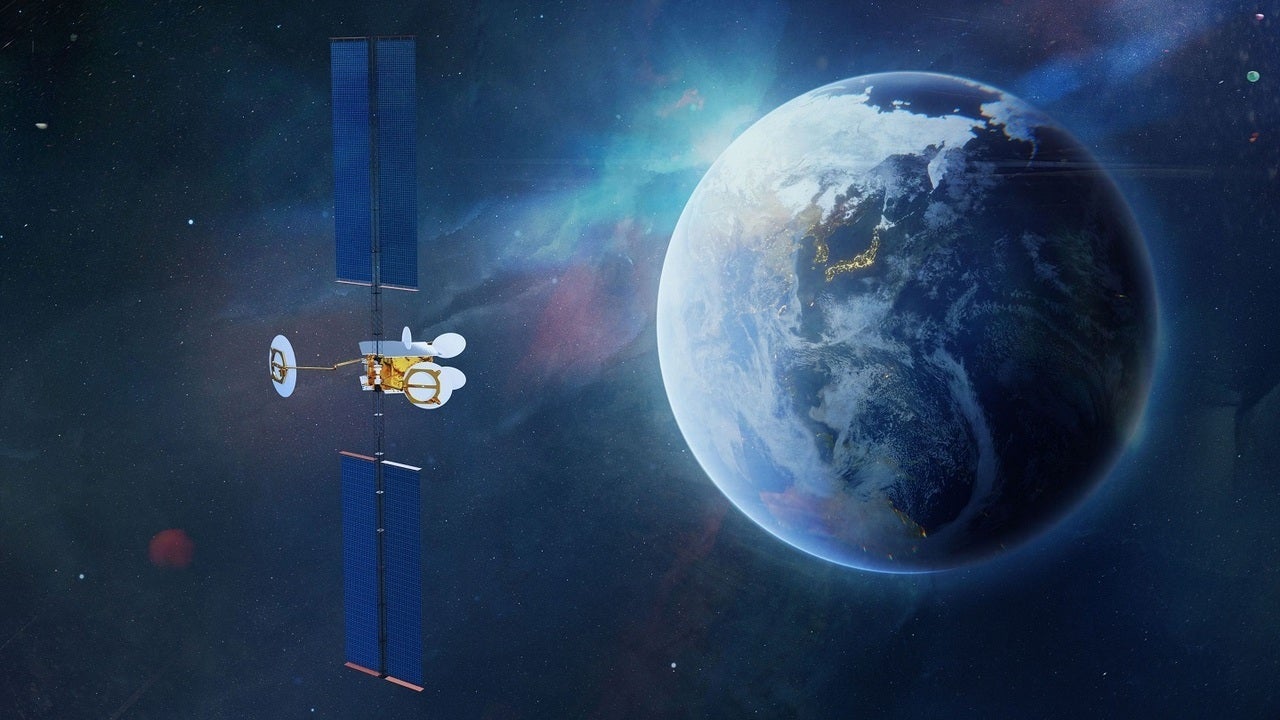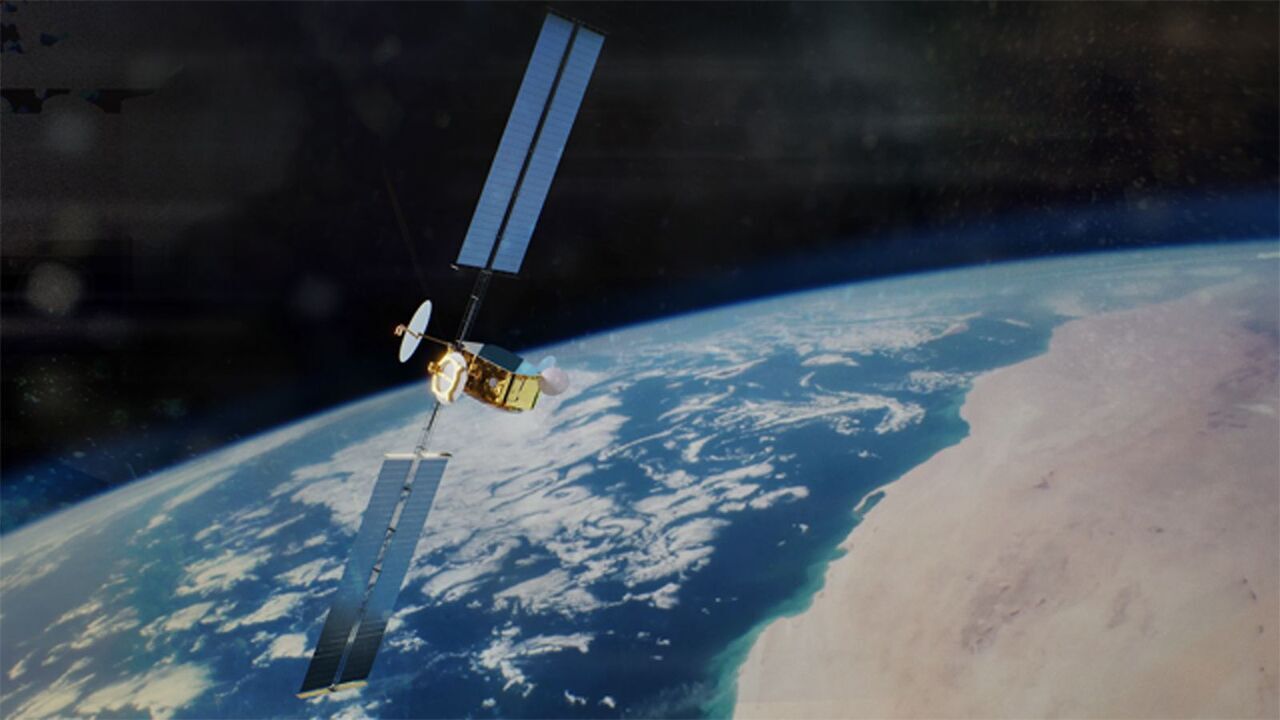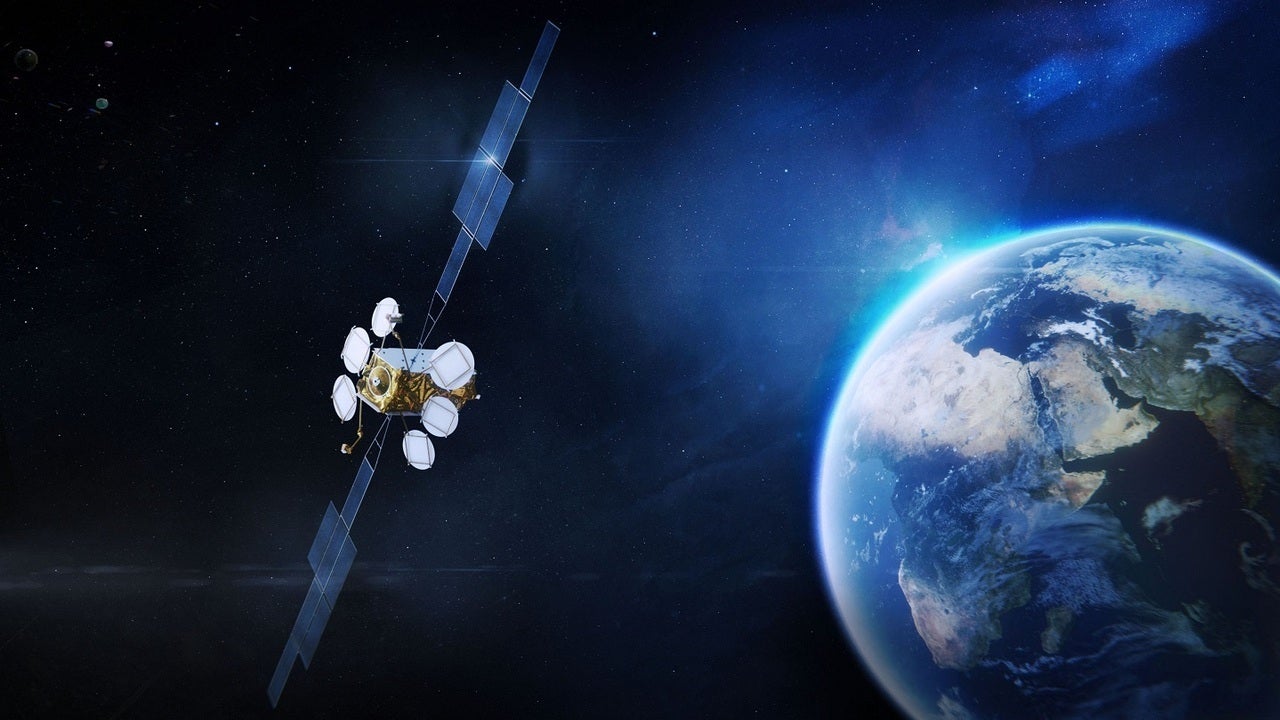Superbird-9 is a yet-to-be-launched, fully digital telecommunications satellite being developed for SKY Perfect JSAT, a Japanese satellite communications company.
The total investment, including the contract to build the satellite, is estimated to be approximately JPY30bn ($275.4m).
The new Japanese communications satellite will replace Superbird-C2, a geostationary communications satellite that is currently operating at an orbital position 144° east longitude. It is expected to allow SKY Perfect JSAT to provide advanced communications services and develop new space business.
SKY Perfect JSAT is involved in providing multi-channel pay-TV broadcasting and satellite communications services covering Asia, Oceania, the Indian Ocean, the Middle East, Russia, Hawaii and North America. The company has placed more than 30 satellites in orbit since 1989.
Mission details of Superbird-9
Superbird-9 will allow the configuration and combination of payload missions to meet the requirements of end-users. It will cover a range of services such as direct to home (DTH) broadcasting and broadband high-throughput satellite (HTS) solutions, including maritime and aero-connectivity services.
With a target launch date of 2024, Superbird-9 will be able to deliver broadcast and broadband missions in Ku- and Ka-band, mainly over Japan and Eastern Asia. The new satellite will increase the flexibility of the fleet of SKY Perfect JSAT and have a service life of at least 15 years.
Superbird-9 development
SKY Perfect JSAT selected Airbus to build the Superbird-9 satellite based on its standardised OneSat product line in March 2021. Airbus agreed to provide a turnkey solution which includes the design and manufacture of the Superbird-9 spacecraft and the delivery of an advanced digital suite for the management of the payload and operation of the end-to-end satellite resources.
The contractual scope also covers associated services and support for in-orbit operations and ground segment.
The contract marks the first time that SKY Perfect JSAT has selected a European satellite. Set to strengthen SKY Perfect JSAT’s satellite fleet, Superbird-9 also represents the seventh order for Airbus’ software-defined OneSat satellite.
Features of the Airbus OneSat
Airbus’ OneSat is a medium-sized, fully digital telecommunications satellite product line. It is fully reconfigurable in orbit, a flexible capability when compared to many other satellites which are designed for defined missions.
With the reconfigurable nature, the OneSat satellite system can adjust its coverage area, capacity and frequency in orbit to meet changing mission scenarios. It is a combination of Airbus’ Eurostar family and mega-constellation experience.
The platform incorporates a standard, modular and design-to-manufacture method and standard building blocks, which allows it to be delivered more quickly compared to the existing telecom satellites. Furthermore, it can adopt new technologies on a dynamic and rolling basis.
OneSat is ideally suited for operators who may not yet have a long-term vision for all their service needs. It can help such operators in meeting their future requirements by quickly adapting to changes. The satellite solution reduces the cost of ownership by 50%.
Other users of OneSat
The first customer of OneSat was Inmarsat, which ordered the satellite system for its Ka-band satellites, GX7, 8 and 9, in May 2019. Equipped with on-board processing and active antennas, the three satellites will have the capability to adjust their capacity, coverage and frequency.
Airbus secured a contract from Optus, an Australian telecommunications and satellite operator, to supply a fully reconfigurable satellite based on the OneSat product line in July 2020.
Intelsat contracted Airbus to build two OneSat-based satellites to operate in multiple frequency bands for its next-generation software-defined network in January 2021.





